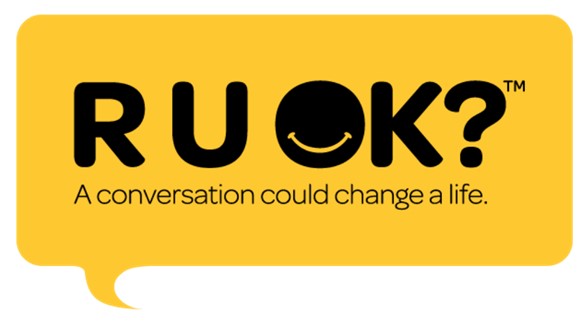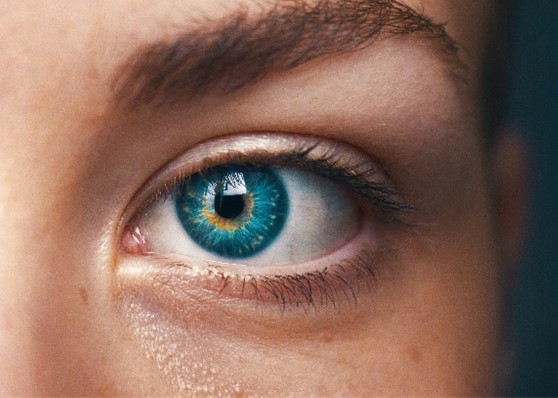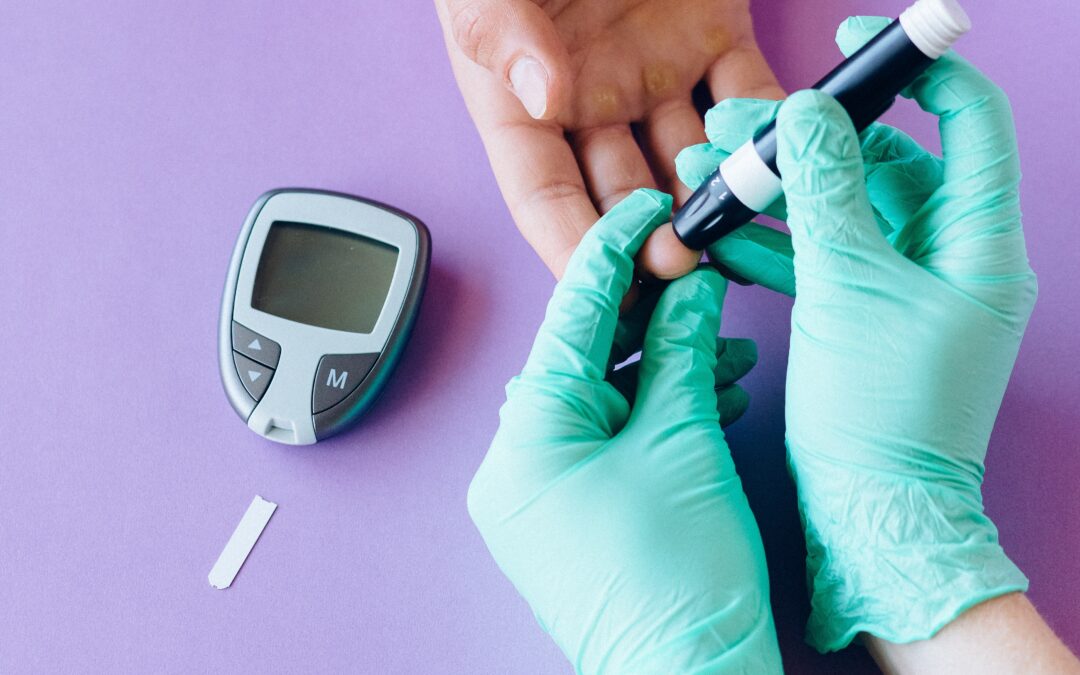
by Belinda | Aug 30, 2022 | Uncategorised, Workplace Education
Thursday 08th September 2002 is national R U OK? Day.
We’ve all heard about and seen the advertisements about R U OK day, but do you really understand what it means? It is more than just asking someone R U OK? on the day. It goes beyond this. It is a National Day of Action when Australian’s are reminded that not just on the 08th September, but every day is the day to ask, “R U OK?” It’s never too early to start a meaningful conversation about suicide prevention and mental health. It also encourages people going through difficult times, that it is ok to reach out and ask for help.
The key is to not wait until somebody is visibly distressed or in a crisis. Make it a point to ask your work colleague, family member or friend how they are really going.
What can you do in the workplace?
It is extremely important for workplaces to develop and nurture a workplace culture, free of stigma, by encouraging all staff to check in on each other especially if things don’t seem right. People need to feel confident asking and answering this simple yet important question. R U OK? Managers need to be proactive in talking to their employee making sure they are ok.
Another step a workplace can take to help their employees with their mental health is to offer an Employee Assistance Program, (EAP). Not only should a workplace have an EAP but this needs to be easily accessible to all staff.
If you are a workplace and looking for some fantastic resources to start the conversation visit: https://www.ruok.org.au/work
To help you recognise the signs of someone struggling with their mental health and encourage people to reach out we have compiled a list below.
Signs
- Change in behaviour – confused, irrational, withdrawn, behaving recklessly, lack of concentration
- Changes in mood – anxious, worried, moody
- Overly concerned – future, burden, being trapped, negative thought patterns
- Changes in appearance – hygiene, tiredness, restless
- Lonely or lacking self-esteem
- Losing interest in what they used to love
- Changes in their life – relationship, health, work, stress, financial difficulty, loss of someone or something they care about.
Whether it be a close friend, family member or a work colleague, there are 4 steps that could change a life.
- Ask
- Listen
- Encourage action
- Check in
So, this R U OK? Day, connect with someone and help stop little problems turning into big problems.

by Belinda | Jul 12, 2022 | Health Assessments, Workplace Education
“75% of vision impairment in Australia is preventable.” – (ABS 21/03/2022) Yet every 65 minutes an Australian loses part or all their vision.
Get your eyes tested this July!
julEYE is The Eye Foundation’s eye health awareness month that takes place during July each year. julEYE has three core aims:
- To raise community awareness of eye health issues.
- To raise funding for research projects into the causes and cures of vision impairment and blindness.
- To support international development projects whose goals are aligned with those of The Foundation.
(Source: Your Health Link, 2021).
The most common causes of vision loss and blindness in Australia are macular degeneration, cataracts, diabetic retinopathy and glaucoma. Many of these conditions are hereditary and can be identified in regular eye checks. (The RANZCO Eye Foundation – www.vision2020australia.org.au )
How often should you get your eyes checked?
According to Vision Australia (2022), regular eye check-ups are recommended for people without eye diseases or specific risk factors every second year with a registered eye care practitioner (optometrist or ophthalmologist).
You may need to get your eyes tested more regularly if you have a health condition such as diabetes, high blood pressure, history of a stroke, neurological conditions or if you have been diagnosed with an eye condition.
How do I protect my eyes?
Good habits for good eye health.
These are our top tips to maintaining healthy eyesight:
- Get regular eye tests – At least every 2 years. Most serious eye conditions are more easily and successfully treated if diagnosed early.
- Maintain a healthy lifestyle – Diets high in anti-oxidants (such as from green leafy vegetables), Omega 3 fatty acids (such as from fish, linseeds), various vitamins (including Vitamins E and C) and minerals (including Zinc and Selenium) can help prevent or slow progression of macular degeneration in some people. Good eating habits combined with exercise help prevent diabetes, which is a significant cause of vision loss in Australia (Vision Australia – 2022)
- Keep in control of your health issues – blood glucose, blood pressure and cholesterol levels.
- Follow advice if you are under the care of an eye health professional
- Prevent digital eyestrain – Staring at a computer or phone screen for too long can cause: eyestrain, blurry vision, trouble focusing at a distance, dry eyes, headaches, neck, back and shoulder pain. Remember to follow the 20/20/20 rule. According to the American Optometric Association, to prevent digital eye strain you should: look at something 20 feet away for 20 seconds every 20 minutes.
- Find out if you’re at risk of eye diseases – Hereditary, family history, lifestyle factors, etc.
- Wear a hat and sunglasses – Protect your eyes from sun damage and make sure your sunglasses meet Australian Standards (protection from UVA and UVB)
- Wear eye protection – Wearing the proper eye protection will prevent injuries from activities such as DIY and certain sports or in a dangerous environment.
- Don’t smoke – Smoking tobacco is directly linked to age-related macular degeneration and many other eye and health problems.
- Be aware of other health conditions and medications that may affect your eyes.

by Belinda | Jul 11, 2022 | Health Assessments, Workplace Education
This year, the national diabetes week runs from 10 – 16 July 2022. This year, the ‘Heads Up on Diabetes’ campaign, Diabetes Australia will be focusing on challenging diabetes related stigma.
Research conducted by the Australian Centre for Behavioural Research in Diabetes (ACBRD), found that four out of five people living with diabetes have experienced stigma at some point. This National Diabetes Week let’s have a conversation about the real impact diabetes stigma can have on a person’s mental and emotional wellbeing. (Source : Diabetes Australia 2022.)
What is diabetes?
According to the Australian Institute of Health and Welfare (AIHW), diabetes is a chronic condition marked by high levels of glucose in the blood. It is caused either by the inability of the body to produce insulin (a hormone made by the pancreas to control blood glucose levels) or by the body not being able to use insulin effectively, or both.
Glucose, also known as blood sugar, is the main source of energy for our bodies. Your blood glucose levels are normally controlled by a hormone called insulin, which converts glucose into energy. Diabetes occurs when the hormone insulin, which assists in the conversion process, is not produced, or is produced to insufficient amounts by the body. For diabetics, when they eat glucose (such as breads, cereals, fruits and starchy vegetables), it cannot, or it is inadequately converted to energy.
There are 4 types of diabetes:
Type 1 – Also known as juvenile diabetes, auto-immune diabetes.
Type 1 diabetes is an autoimmune disease. The immune system is activated to destroy the pancreatic cells, where insulin is produced. It’s unknown what triggers this destruction.
Type 2 – This occurs when the pancreas loses the capacity to produce enough insulin and the body’s cells respond poorly or become resistant to insulin. They then take in less sugar which causes glucose to build up in the blood.
Type 3 – Gestational diabetes – Potentially reversable
Gestational diabetes occurs during pregnancy but may resolve after the baby is delivered.
Type 4 – Pre-diabetes – Potentially reversable.
This is when the blood glucose levels are higher than normal, but not high enough for a diabetes diagnosis.
Symptoms
- Increased thirst
- Frequent urination
- Increased hunger
- Unexplained weight loss, despite normal eating habits.
- Fatigue
- Blurred vision
- Slow healing sores
- Numbness or tingling in the hands or feet
- Frequent and/or recurring infections
- Feeling dizzy
- Itchy skin
Risk Factors
Type 1
- Family history
- Environmental Factors
- The presence of damaging immune system cells (autoantibodies)
- Geography
Type 2
- Being overweight or obese
- Fat distribution. Storing fat mainly in your abdomen
- Physical Inactivity
- Family history.
- Race and ethnicity.
- Abnormal Blood lipid levels. (Low levels of HDL cholesterol and high levels of triglycerides)
- Prediabetes
- Pregnancy-related risks. (Gestational diabetes)
- Polycystic ovary syndrome.
- Areas of darkened skin, usually in the armpits and neck. This condition often indicates insulin resistance.
(Source : Mayo clinic)
When left untreated, diabetes can lead to:
- Heart disease
- Stroke
- Kidney disease
- Nerve damage
- Vision problems – Blindness, eye damage
- Limb amputation
- Depression
- Anxiety
- Digestion problems
- Skin conditions
- Infection
- Dental problems
Prevention
Simple lifestyle measures (below) have been shown to be effective in preventing or delaying the onset of type 2 diabetes.
- Maintain a healthy weight
- Be physically active. (At least 30 minutes of regular, moderate-intensity activity on most days. More activity is required for weight control).
- Eat a healthy diet. (Avoid sugar and saturated fats.)
- Avoid smoking.
- Manage blood pressure and cholesterol levels
(Source : WHO. Int.)

by Belinda | Jul 5, 2022 | Drug & Alcohol Testing, Health Assessments, Workplace Education
“One in four Australians aged 18 years and over exceeded the Australian Adult Alcohol Guideline in 2020-21 (25.8%).” – (ABS 21/03/2022)
Dry July is a fundraiser that encourages you to go alcohol-free in July to raise funds for people affected by cancer. Go one month without alcohol for a good cause. Every day, it’s estimated that 400 people in Australia will be diagnosed with cancer. Go Dry this July and raise funds to provide comfort and support to people affected by cancer when they need it the most. (Source : Dry July – 2022.)
Now is the time to sign up your workplace team and quit the drink for a month to raise funds for a worthy cause!
Where do the raised funds go?
The funds you raise as part of your Dry July will provide invaluable services for cancer patients, their families and carers. Whether it’s a lift to a life-saving appointment, guidance from a specialist cancer nurse, connection to an informative voice, access to therapy programs, a comfier chair or a bed closer to treatment, these are just some of the ways your fundraising will help cancer patients and their families. (Source : Dry July, 2022).
How much alcohol is too much?
Healthy men and women should drink no more than 10 standard drinks a week and no more than 4 standard drinks on any one day, to reduce the risk of harm from alcohol-related disease or injury. (Source : NHMRC – 2022)
What are the risks of too much drinking?
Short term risks: dizziness, lack of judgement, reduced coordination, slower reflexes, memory loss, vomiting, intense moods, headaches, hangovers, blackouts, accidental injury (to yourself or others), deliberately harming yourself or others, alcohol poisoning (which can be fatal) and poor sleep quality.
Long term risks: Irreversible liver, brain or nervous system damage, heart disease, increase in blood pressure, heart damage, heart attacks, stroke, dementia, increased chance of several types of cancers, alcohol-related disease, fertility, illness, and injuries.
What are the benefits of Dry July?
- Improved overall physical and mental health
- Improved sleep quality
- More energy
- Enhanced work performance
- Improved memory and concentration
- Better immunity
- Lose weight
- Decrease cholesterol
- Lower blood glucose
- Decrease in liver fat
- Save money
- Cut calories
- Healthier skin – alcohol causes dehydration, so abstaining will leave you with hydrated, healthier-looking skin
What if I have a special event on in July?
A Golden Ticket gives a Dry July participant a night off their challenge. For a minimum cost of $25, their night off will still make a difference to the lives of people affected by cancer.
How does it work?
It’s simple. 4 easy steps.
- Sign Up
- Go alcohol-free in July
- Ask friends and family to support you
- Help people affected by cancer.
Sign up with your workplace and promote health and wellness, team connection and support people affected by cancer – https://www.dryjuly.com/users/sign_up

by Grace | Apr 4, 2022 | Workplace Education
April 28th provides the opportunity to reflect on how to prevent work-related occupation diseases, death, injuries and illnesses. It is also a day to remember those that have died from a work-related injury or illness.
Health in the workplace is at the employers best interest. Poor health leads to minimal productivity and absenteeism and due to this, sick days cost employers $576 billion annually (hubworks, 2020).
Workplace Health & Safety Vic provide on site health assessments to your employees screening for cholesterol, heart health, diabetes, healthy weight and mental health. From this, appropriate referrals are made for the employee to follow up at their best interest.
The latest finalised data shows that in 2019, 183 workers were fatally injured at work – safeworkaustralia.gov.au (2021). While this number is steadily decreasing over the last decade, any workplace death is tragic and unacceptable.
According to the International Labour Organisation (2022), at the workplace level, a strong OH&S culture is one in which the right to a safe and healthy working environment is valued and promoted by both management and workers. An OHS culture is built on inclusion, through the meaningful involvement of all parties in the ongoing improvement of safety and health at work. A strong OHS culture allows workers to feel comfortable to raise concerns about risks or hazards and that management is proactive in collaborating with workers to find appropriate, effective and sustainable solutions.
Workplaces should always keep up to date with their OH&S and provide employees with the tools and protective equipment to safely do their job.
If you’d like to get in touch to book in health assessment screenings for your staff, please contact Belinda at workplacehealth@gmhg.com.au.

by Grace | Apr 4, 2022 | Health Assessments, Workplace Education
As the control centre for your body, your brain is in charge of keeping your heart beating, your lungs breathing and allowing you to move, feel and think.
The foods you eat play a role in keeping your brain healthy and can improve specific mental tasks, such as memory and concentration.
According to Healthline (2021), 11 foods that help boost your brain include:
- Fatty Fish:
This may include salmon, trout, albacore tuna, herring and sardines, all of which are rich sources of omega-3 fatty acids. About 60% of your brain is made of fat, and half of that fat is comprised of omega-3 fatty acids.
Your brain uses omega-3s to build brain and nerve cells and these fats are essential to learning and memory.
- Coffee:
The two main components in coffee, caffeine and antioxidants, can help support brain health.
Caffeine keeps your brain alert by blocking messengers that make you feel sleepy and improve concentration.
- Blueberries:
Blueberries assists with anti-inflammatory and antioxidant effects. Some antioxidants in blueberries have been found to improve communication between brain cells.
- Turmeric:
Curcumin, an active ingredient in turmeric, has been shown to produce anti-inflammatory responses, benefit memory, ease depression and help new brain cells grow.
- Broccoli:
Packed with powerful substances including antioxidants, broccoli is also very high in vitamin k, which is linked to better memory and cognitive status.
- Pumpkin seeds:
Pumpkin seeds are rich in many micronutrients that are important for brain function, including copper, iron, magnesium and zinc.
- Dark chocolate:
The flavonoids in chocolate may help protect the brain. Studies have suggested that eating chocolate, especially dark chocolate, could boost memory and mood.
- Nuts:
Nuts contain a host of brain-boosting nutrients, including Vitamin E, healthy fats and plant compounds.
- Oranges:
Oranges and other foods that are high in Vitamin C can help defend your brain against damage from free radicals.
- Eggs:
Eggs are a rich source of several B vitamins and choline, which are important for regulating mood and promoting proper brain function and development.
- Green tea:
As is the case with coffee, the caffeine in green tea boosts brain function by improving alertness, performance, memory and focus.
On top of this, green tea carries L-theanine, which helps relax you without making you tired and is also rich in antioxidants.





